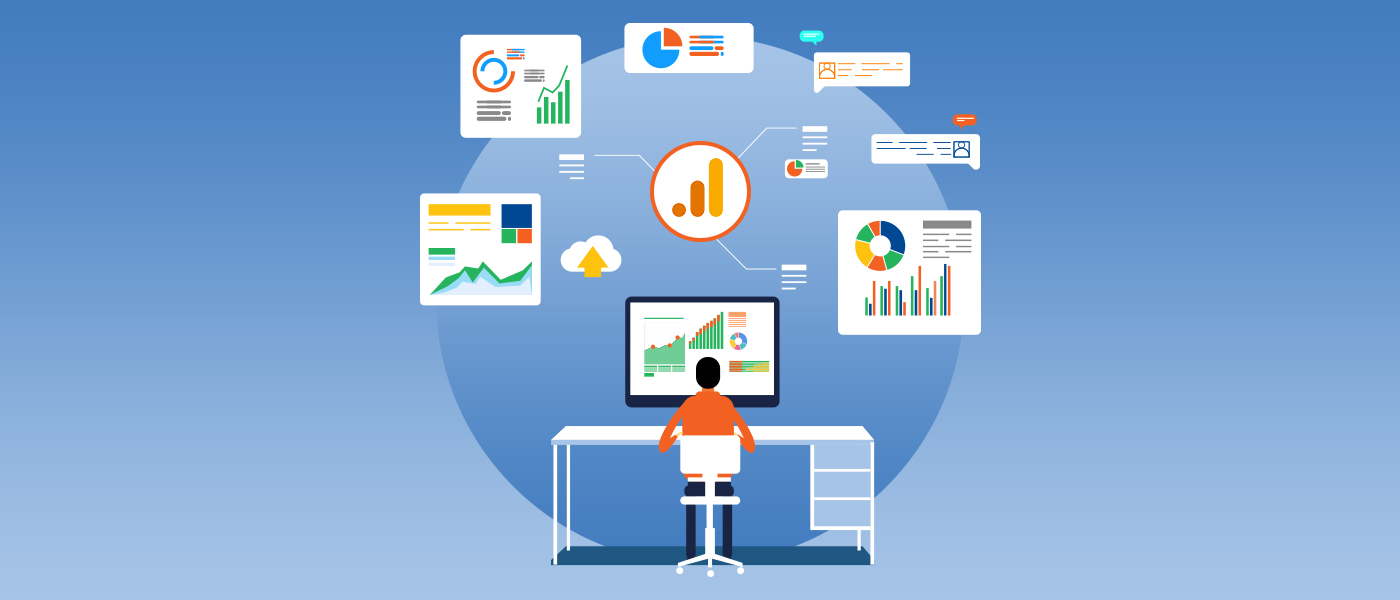What is GA4 and why do we need it?

Google Analytics 4 (GA4) and Universal Analytics (UA) are two different versions of Google’s web analytics service. While both are designed to help website owners understand user behavior, there are several notable differences between the two:
- Data model: GA4 uses an event-based data model, which provides more flexibility in tracking user interactions. UA, on the other hand, uses a session-based data model, which focuses on page views and sessions.
- User Interface: GA4 offers a more streamlined and user-friendly interface compared to UA, making it easier for users to navigate and find relevant data.
- Advanced analysis: GA4 provides advanced analysis capabilities, including funnel analysis, path analysis, and cohort analysis, which were not available in UA or required additional setup.
- Cross-platform tracking: GA4 is designed to work across different platforms and devices, such as websites and mobile apps. UA primarily focuses on tracking website activity.
- Data collection: GA4 uses Firebase Analytics SDK for mobile app tracking, while UA uses separate Google Analytics SDKs for web and app tracking.
- BigQuery integration: GA4 offers a more seamless integration with Google BigQuery, allowing users to export raw data for further analysis. In UA, this feature was only available for Google Analytics 360 users.
- Machine learning: GA4 leverages Google’s machine learning capabilities to provide insights and predictive analytics, such as churn probability and purchase probability. UA does not have these built-in features.
- Privacy and compliance: GA4 is designed with privacy regulations in mind, such as GDPR and CCPA. It offers features like data deletion and consent management, which were not available in UA by default.
- Custom dimensions and metrics: In GA4, custom dimensions and metrics are replaced with custom parameters, which can be associated with events.
- Reporting: GA4 has a more streamlined set of reports, focusing on the most relevant data for analysis. UA has a larger number of pre-built reports, which can sometimes be overwhelming.
Overall, GA4 is a more modern and flexible analytics platform that incorporates machine learning, privacy features, and cross-platform tracking capabilities. While there are differences between the two, GA4 is designed to address many of the limitations and shortcomings of UA.
WHY IS GA4 NOT REPORTING THE SAME AS UNIVERSAL?
Google Analytics 4 (GA4) introduces a new attribution model that may impact the way new users are counted and reported.
- Cross-platform tracking: GA4 is designed to track users across different devices and platforms. This is a significant change from Universal Analytics, where each device or browser would count as a separate user. With GA4, if a user visits your website on their phone and later on their computer, they would be recognized as the same user (assuming they’re logged in on both devices), reducing the count of “new users”.
- User Identification: GA4 uses a combination of User-ID, device identifiers, and Google signals to identify unique users. Universal Analytics primarily relied on cookies. While cookies are still used in GA4, the increased emphasis on User-ID and Google signals may lead to more accurate identification of unique users, reducing the overcounting of new users.
- Data Deletion and Privacy Controls: GA4 has enhanced data deletion and user privacy controls to comply with GDPR, CCPA, and other privacy regulations. If a user opts out of tracking or requests data deletion, their data would be removed, potentially impacting the count of new users.
- Differences in Session Definition: Unlike Universal Analytics, GA4 does not rely on sessions for user engagement. Instead, it uses an event-based model. The “new users” metric in GA4 refers to the first event date of a user. This could lead to some differences in new user count compared to UA, depending on how users interact with your website or app.
In general, while the change in attribution model can impact the number of “new users” reported in GA4, it’s important to note that the goal of these changes is to provide a more accurate and meaningful understanding of user behavior. As with any analytics tool, it’s crucial to understand the underlying methodology and data model to interpret the data correctly.
This blog was co-authored by marketer + machine
Marketer: Victoria Richardson | Director of Marketing, AiAdvertising
Machine: ChatGPT
OTHER Blogs


